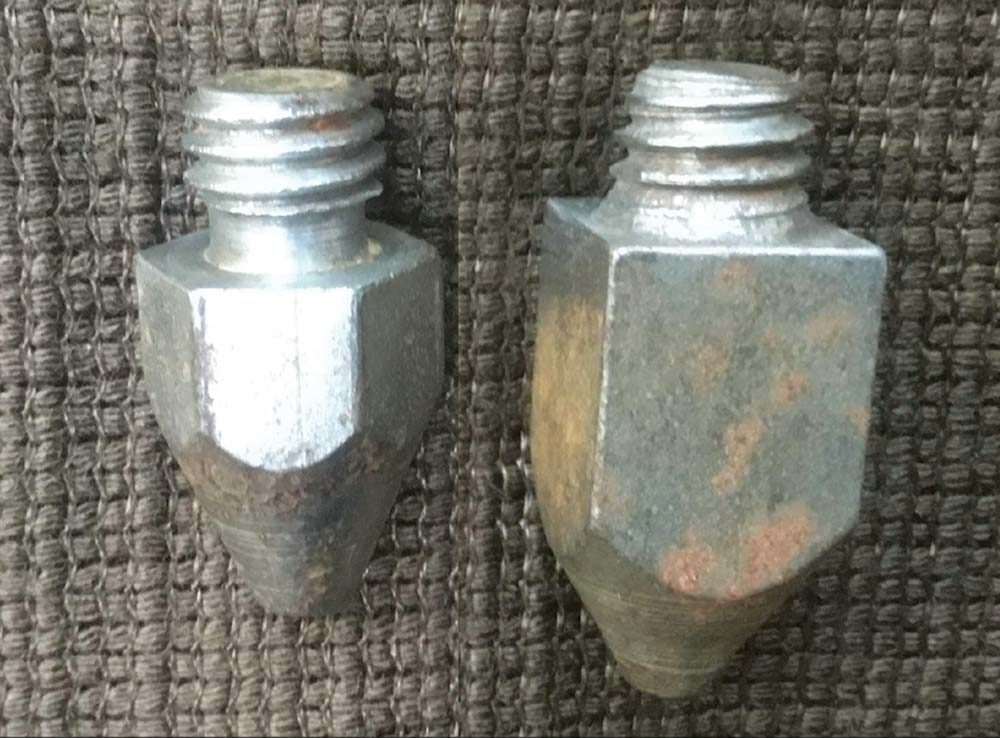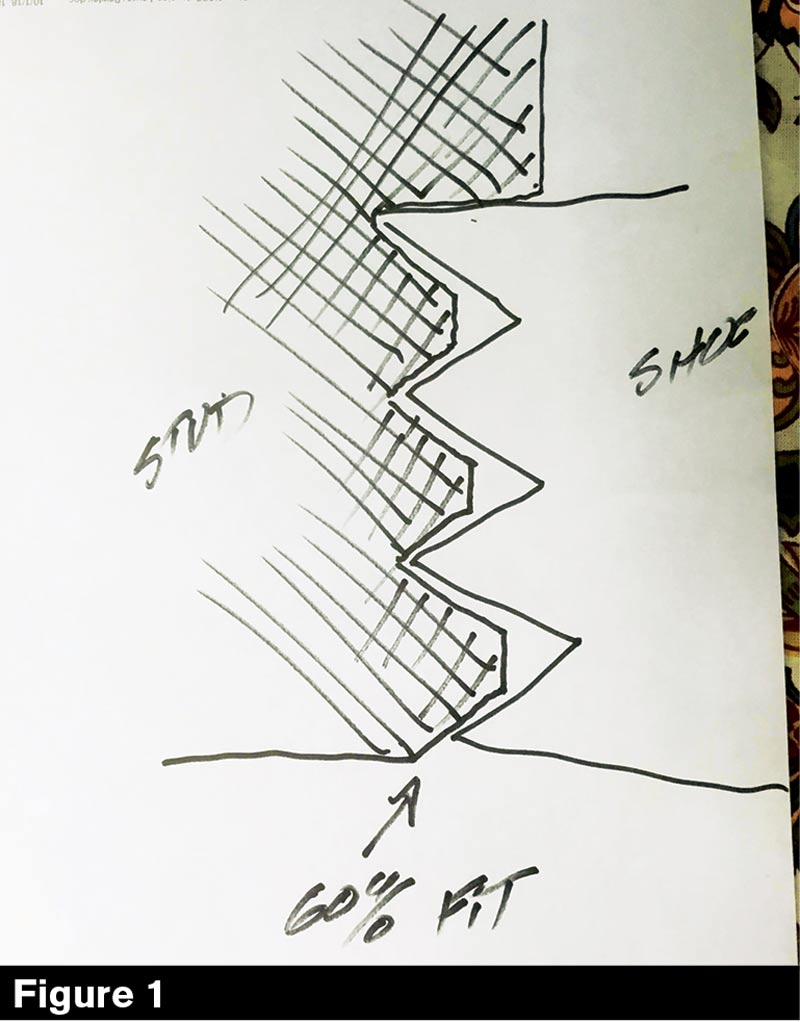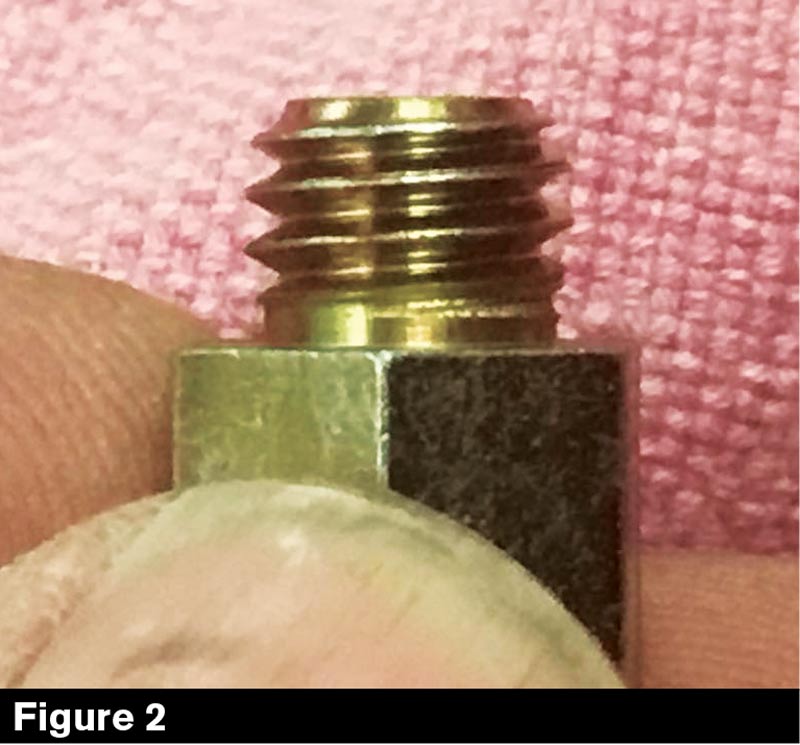American Farriers Journal
American Farriers Journal is the “hands-on” magazine for professional farriers, equine veterinarians and horse care product and service buyers.

Most likely, if you work with sport horses, you’ve drilled and tapped shoes for them. Horses need additional traction from time to time — more than a shoe can provide. Removable studs provide a reasonably effective solution to this issue, but is it hardly fool proof.
It is worth looking at some of the nagging issues we hear from both the farrier and the rider’s perspective relating to stud holes. In my practice, Bear Metal Works, we drill and tap almost every horse we shoe — it’s just part of the job and the horses we shoe. Like any other part of this job, no matter how careful we are as farriers, problems can and do occur.
Each sport is different, but eventers typically keep the studs in for an hour or more, and much of the time is under tremendous abuse. Comparably, a jumper may have them in for minutes under more ideal footing and conditions. With a close look into how the process is done, it becomes a bit easier to identify where the problems occur. Doing it correctly the first time will save time and frustration.

This is the 60/40 fit, which is by design and helps when you are in a rush and the hole is dirty.

Clients should use clean, sharp and at least three threads.
In the United States and Canada, we typically use a standard 3/8-inch-16 thread pattern, most often drilled with a 5/16-inch drill bit. There are many thread patterns…